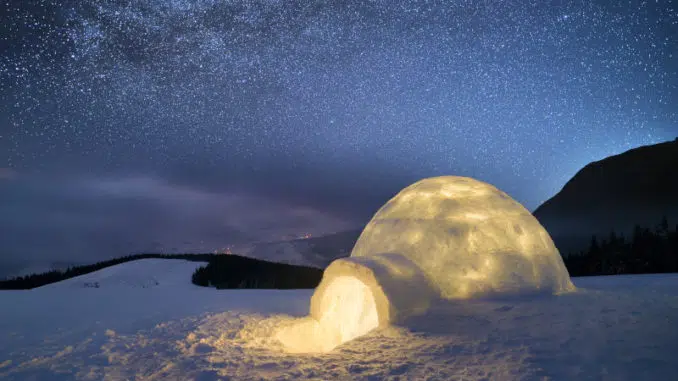
How to warm up in an igloo?


For tens of thousands of years, humans have exploited snow to build igloos that keep them out of the cold. A crazy idea when you think about it because snow and ice are cold!
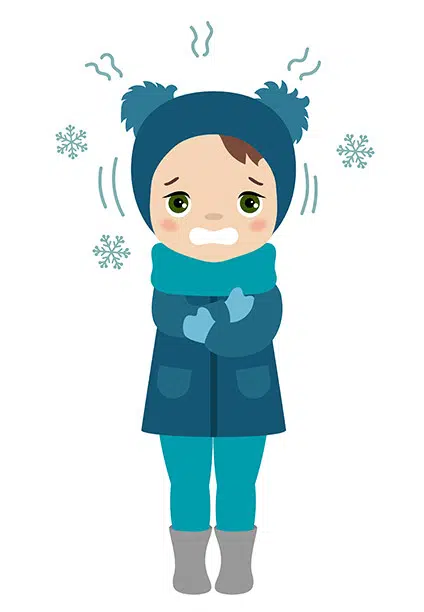
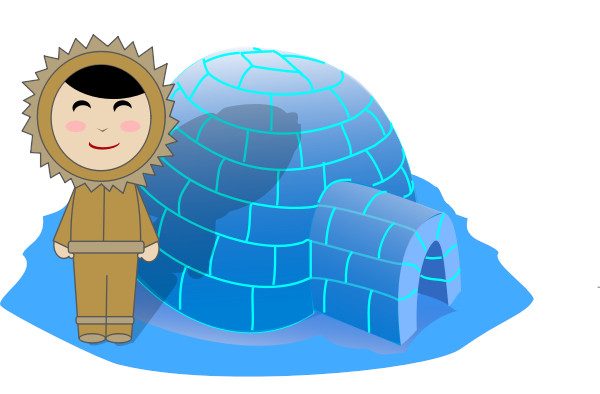
An igloo keeps you warm more efficiently than a mammoth fur. This is what has enabled Inuit, the people of the Arctic region, to live in this region for over 5,000 years.

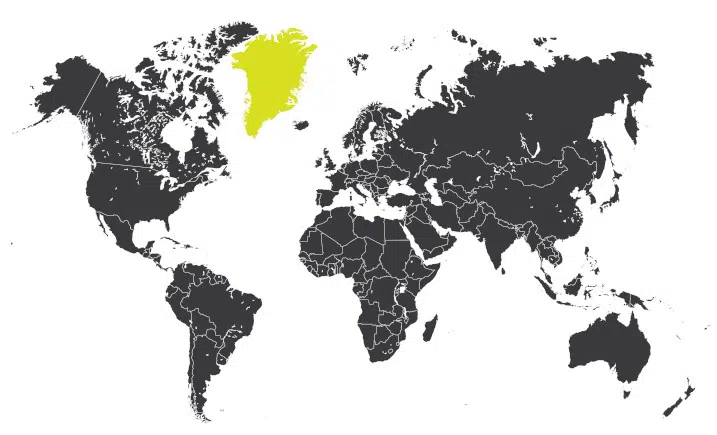
For information, the outdoor temperature in winter in Greenland is -58 °F. It is much colder than in France where the lowest temperatures recorded in 2018 were -14 °F. Exceptional cold weather for that February 27, in 2018.
Igloo means “house” in Inuit language
Inside the igloo, the Inuit radiate heat into the small, spherical room. Because yes, we emit heat, our body reaching a temperature of 98.6 °F. This is called the radiation phenomenon. It’s as if our body acts like a small radiator.
This heat stays inside the igloo and circulates. Hot air rises because it is lighter than cold air.
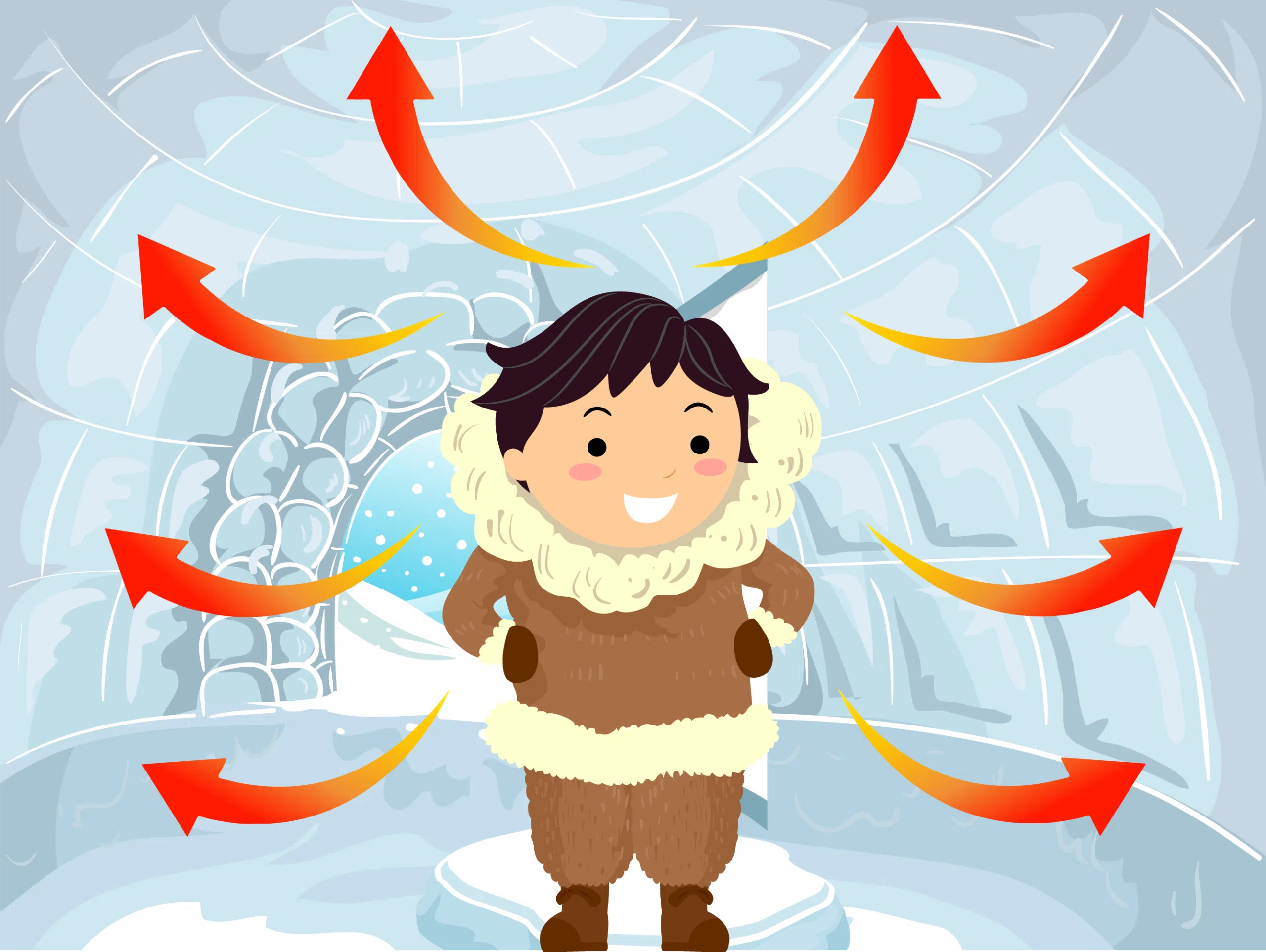
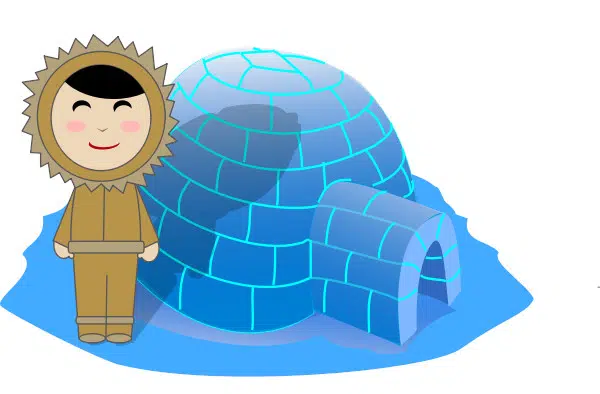
The walls and the dome of the igloo are not made with ice, but with compacted snow. What is the difference? Ice only contains water, while snow is 10% frozen water and 90% air. And air is an excellent insulator. That is to say, it does not conduct heat. Compared to ice, the snow that you compact in your hands is 100 times more insulating and therefore keeps the heat inside the igloo. The Eskimos make compacted snow bricks (not too much) to make the igloos.
In the igloo, the heat stays inside instead of passing through the walls.
The temperature difference between the outside and inside of the igloo can reach 140 °F.

To shelter, we could build a wooden hut. Except, you need wood and therefore forests. In the Arctic, forests are scarce due to the climate. So the Inuit do what they have with them, snow.
The animals also understood that the snow could warm them. This is why the polar bear, the fox or other species living in the polar areas have burrows covered with snow.
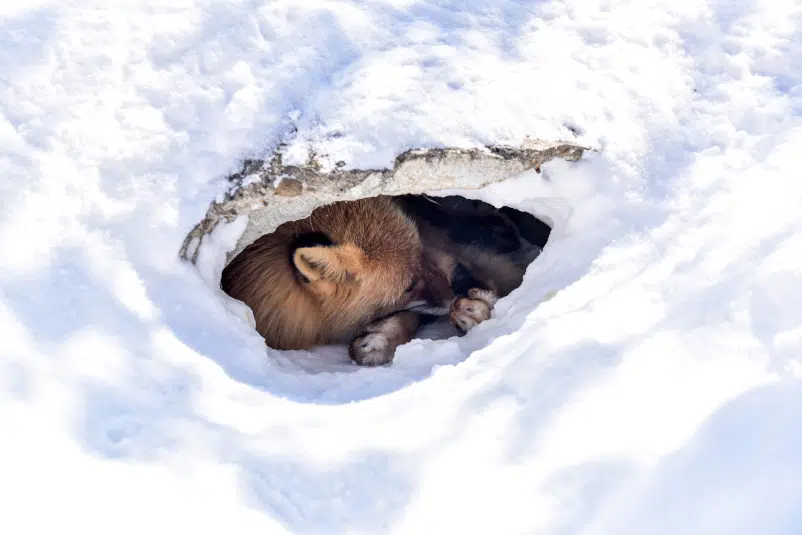
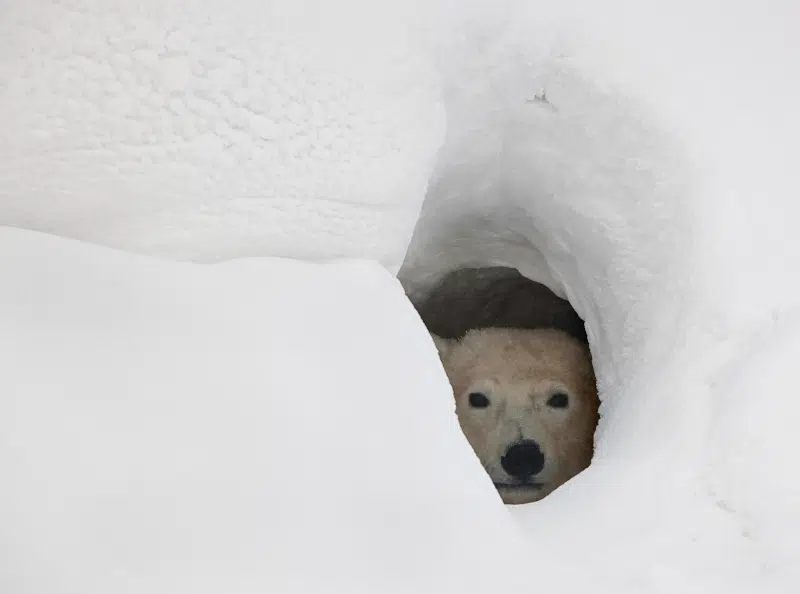
Copyright © 2023 | CurioKids.net - All rights reserved